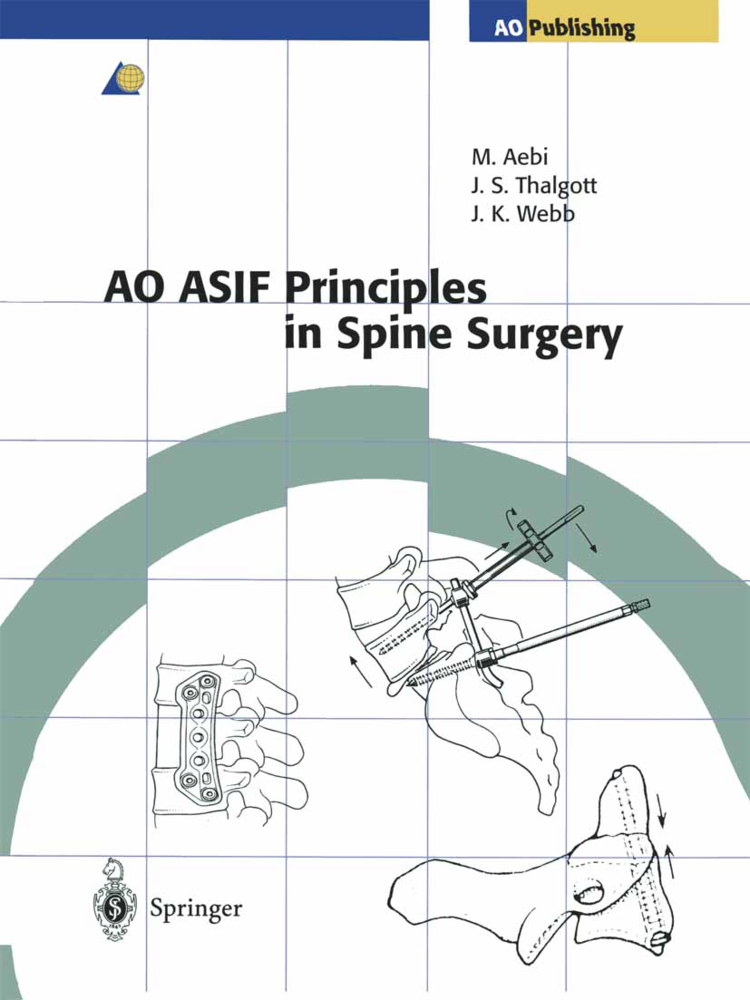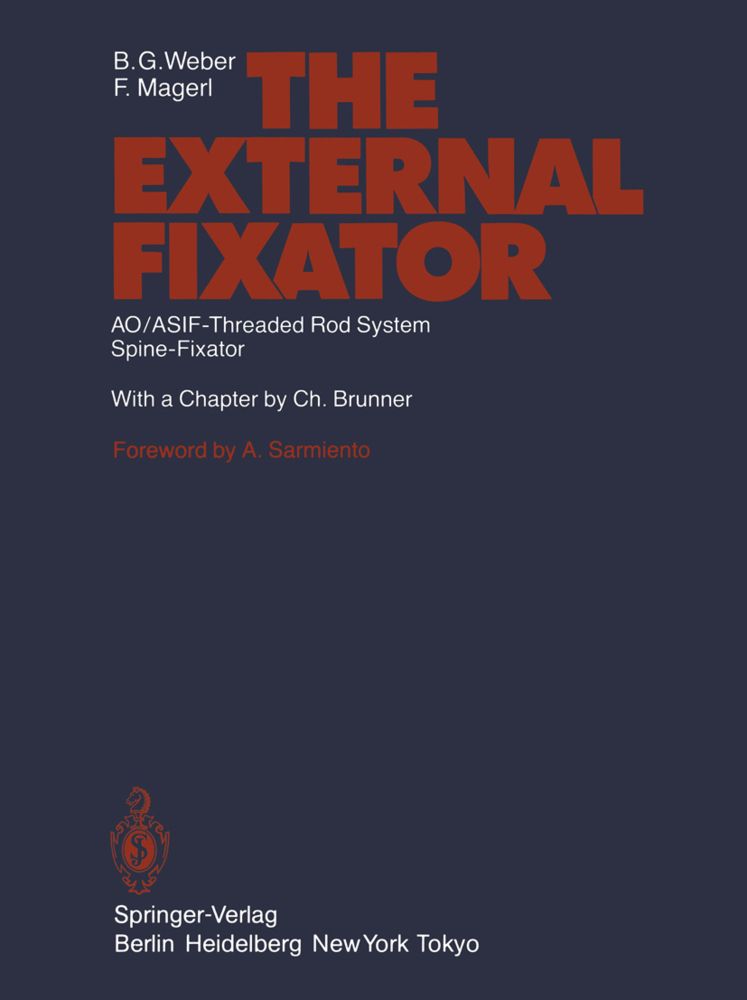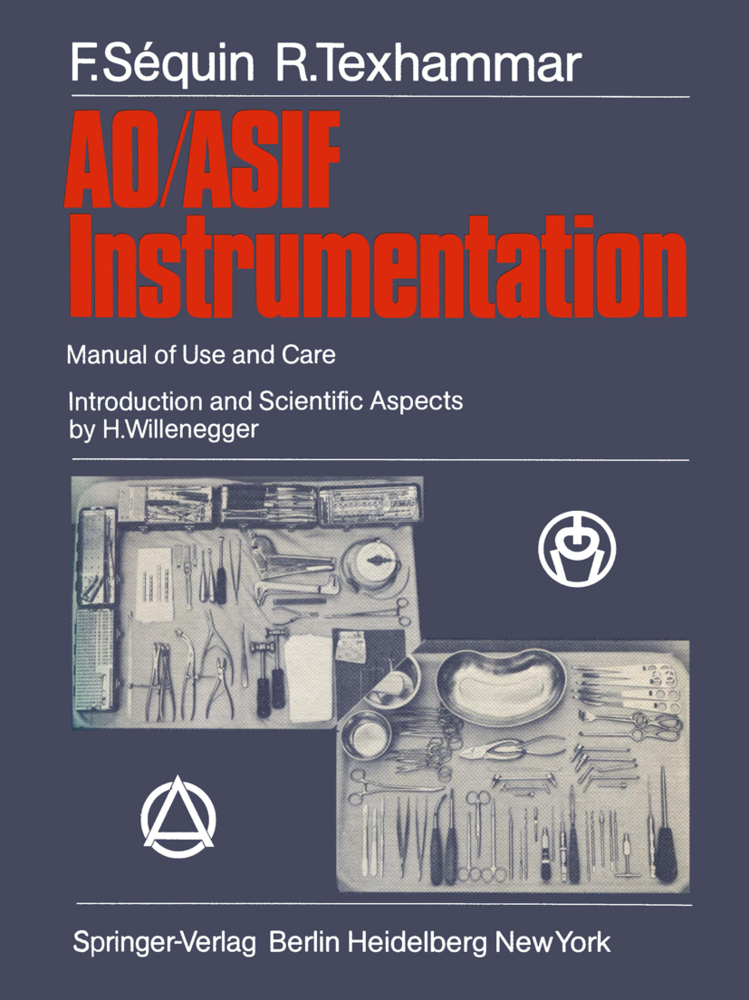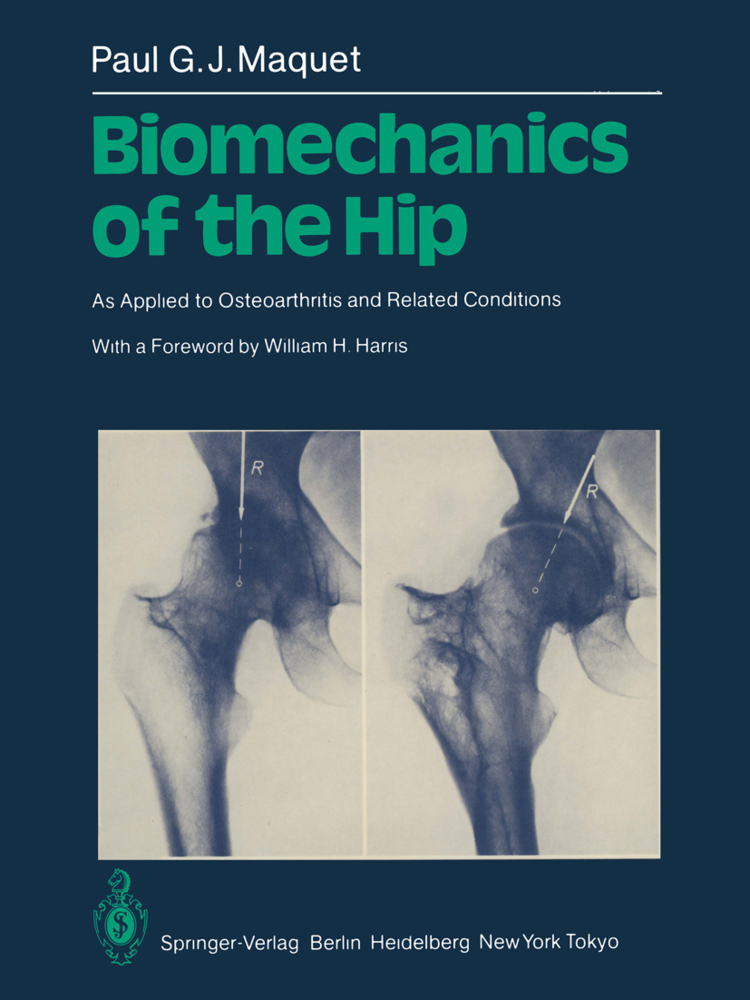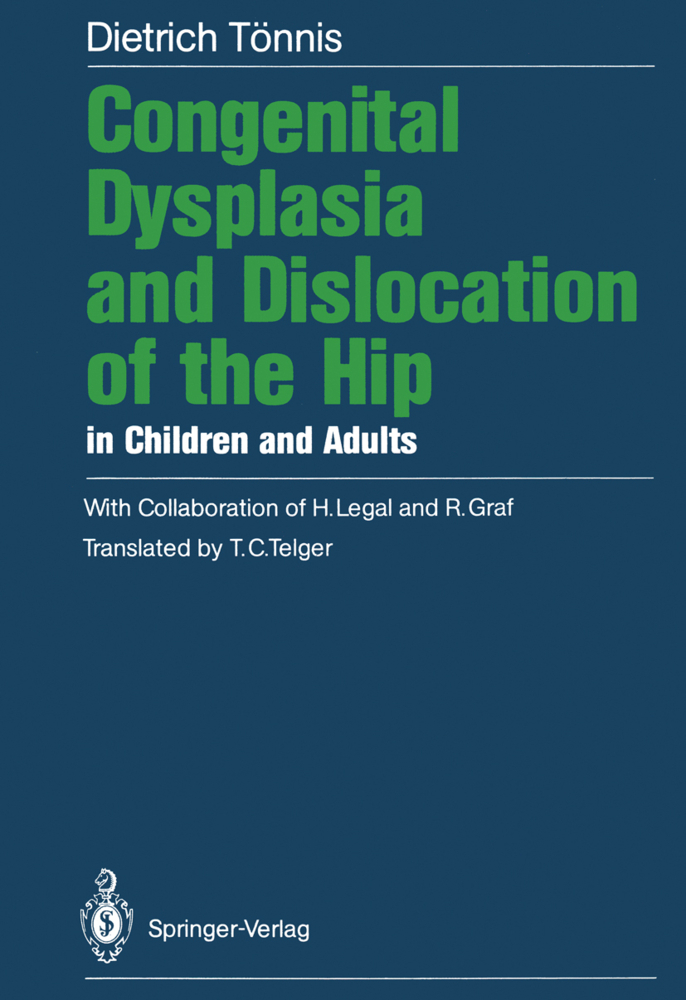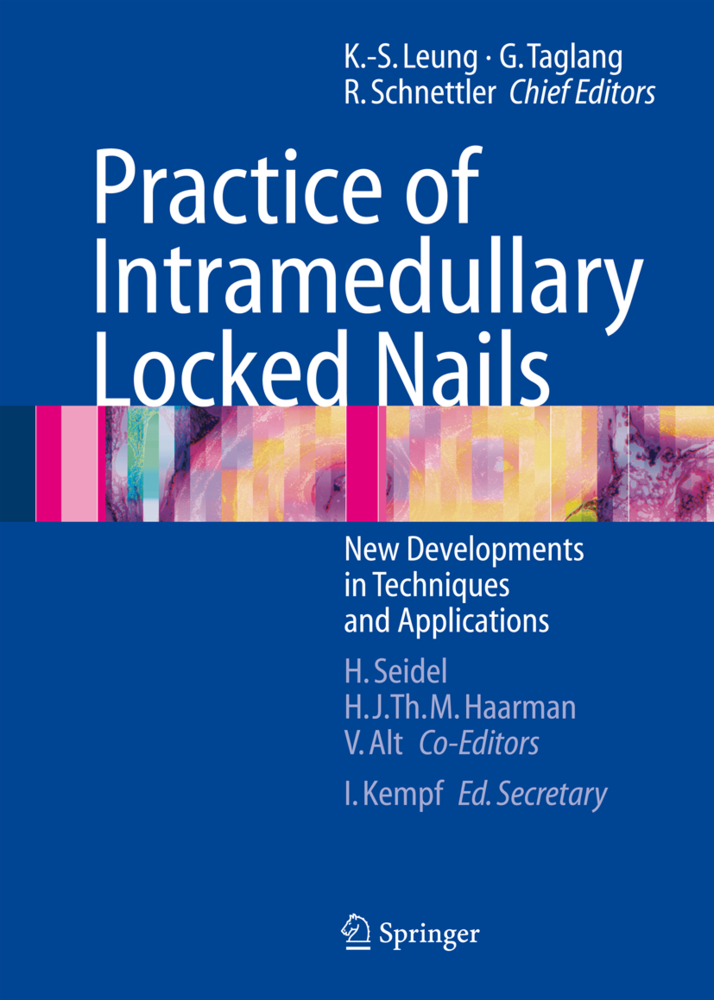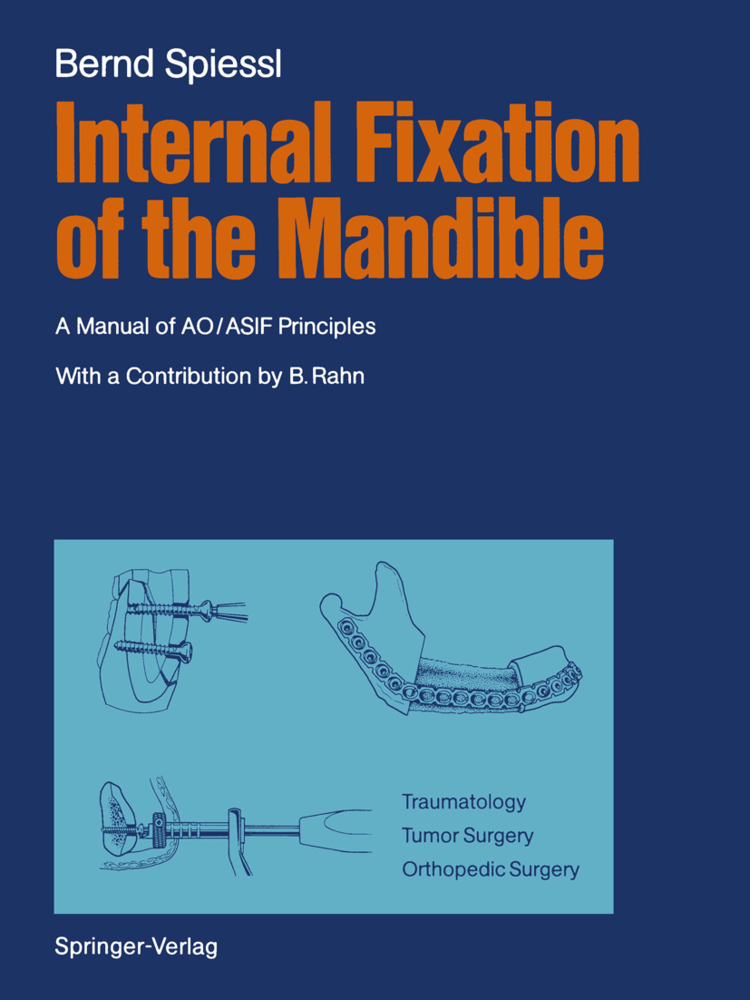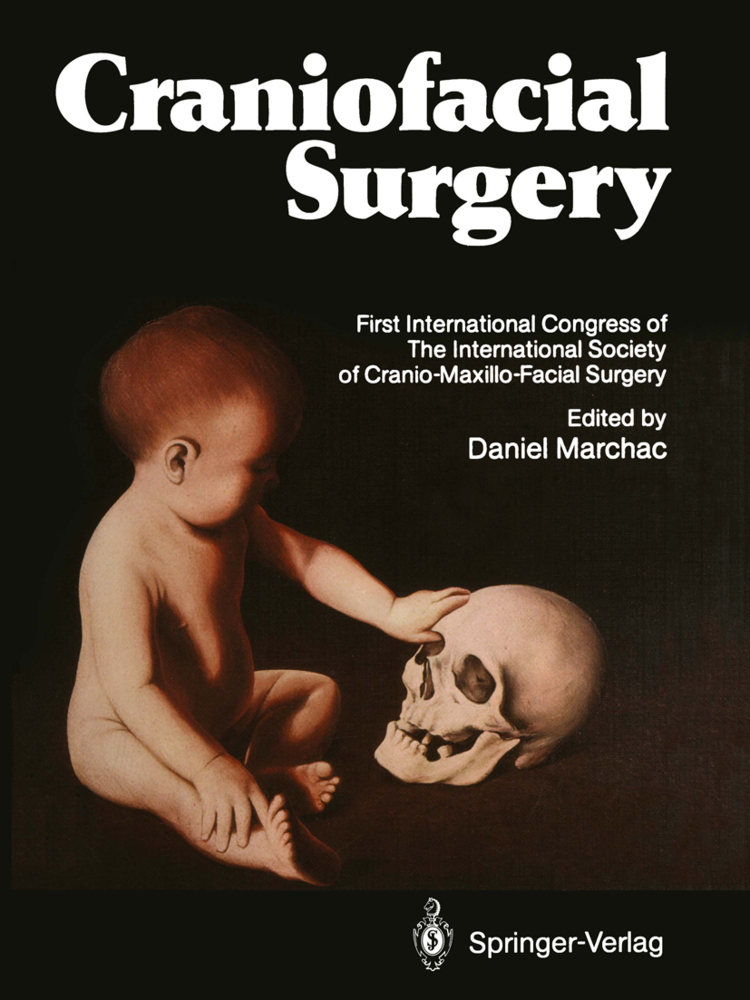AO ASIF Principles in Spine Surgery
AO ASIF Principles in Spine Surgery
This book has become necessary as a consequence of the rapid expansion of the surgical procedures and implants available for spinal surgery within the "AO Group". We have not attempted to write an in-depth book on spinal surgery, but one which will help the surgeon in the use of AO concepts and implants. We con sider the practical courses held all over the world essential for the teaching of sound techniques so that technical complications and poor results can be avoid ed for both the surgeon and, in particular the patient. This book is a practical manual and an outline of what is taught in the courses. It is intended to help the young spinal surgeon to understand the correct use of AO implants. The indi- tions given will aid the correct use of each procedure. . It must be strongly emphasized that surgery of the spine is technically de manding. The techniques described in this book should only be undertaken by surgeons who are trained and experienced in spinal surgery. Certain techniques, in particular pedicle screw fIxation and cages, have not yet been fully approved by the FDA in the United States. However, throughout the rest of the world, the use of pedicle screws has become a standard technique for the spine surgeon, since it has been shown to improve fIxation techniques and allow segmental correction of the spine. The use of cages has become more and more popular, specifIcally as a tool of minimally invasive spinal surgery.
1.2 Stable Internal Fixation
1.3 Preservation of Blood Supply
1.4 Anatomical Alignment
1.5 Early Pain-Free Mobilization
2 Biomechanics of the Spine and Spinal Instrumentation
2.1 Introduction
2.2 Mechanical Principles
2.3 Mechanical Properties of Materials
2.4 Implant Materials
2.5 Principles of Surgical Stabilization
2.6 Instrumentation Application
2.7 Cervical Spinal Instrumentation
2.8 Lumbar and Thoracolumbar Spinal Instrumentation
2.9 Spinal Deformity
2.10 Lumbar Reconstruction
2.11 Spondylolysis
2.12 Implant Failure - Biomechanics
References
3 Biology of Spinal Fusions
3.1 Introduction
3.2 Local Host Factors
3.3 Sytemic Host Factors
3.4 Bone Graft Materials
3.5 Types of Graft Materials
3.6 Conclusion
References
4 A Comprehensive Classification of Thoracic and Lumbar Injuries
4.1 Introduction
4.2 Concept of the Classification
4.3 Classification of Thoracic and Lumbar Injuries
4.4 Epidemiological Data
4.5 Discussion
4.6 Conclusions
References
5 Stabilization Techniques: Upper Cervical Spine
5.1 Posterior Wiring Techniques
5.2 Transarticular Screw Fixation
5.3 Anterior Screw Fixation of Odontoid (Dens) Fractures
6 Stabilization Techniques: Lower Cervical Spine
6.1 Posterior Techniques
6.2 Anterior Techniques
7 Stabilization Techniques: Thoracolumbar Spine
7.1 Anterior Techniques
7.2 Posterior Techniques
8 Modular Stabilization System: The Universal Spine System
8.1 Basic Concepts
8.2 The System
9 Other Fixation Systems
9.1 Hook-Screw System for Spondylolysis Treatment
9.2 External Spinal Skeletal Fixation B. Jeanneret
9.3 Cage Systems.
1 Aims and Principles
1.1 Introduction1.2 Stable Internal Fixation
1.3 Preservation of Blood Supply
1.4 Anatomical Alignment
1.5 Early Pain-Free Mobilization
2 Biomechanics of the Spine and Spinal Instrumentation
2.1 Introduction
2.2 Mechanical Principles
2.3 Mechanical Properties of Materials
2.4 Implant Materials
2.5 Principles of Surgical Stabilization
2.6 Instrumentation Application
2.7 Cervical Spinal Instrumentation
2.8 Lumbar and Thoracolumbar Spinal Instrumentation
2.9 Spinal Deformity
2.10 Lumbar Reconstruction
2.11 Spondylolysis
2.12 Implant Failure - Biomechanics
References
3 Biology of Spinal Fusions
3.1 Introduction
3.2 Local Host Factors
3.3 Sytemic Host Factors
3.4 Bone Graft Materials
3.5 Types of Graft Materials
3.6 Conclusion
References
4 A Comprehensive Classification of Thoracic and Lumbar Injuries
4.1 Introduction
4.2 Concept of the Classification
4.3 Classification of Thoracic and Lumbar Injuries
4.4 Epidemiological Data
4.5 Discussion
4.6 Conclusions
References
5 Stabilization Techniques: Upper Cervical Spine
5.1 Posterior Wiring Techniques
5.2 Transarticular Screw Fixation
5.3 Anterior Screw Fixation of Odontoid (Dens) Fractures
6 Stabilization Techniques: Lower Cervical Spine
6.1 Posterior Techniques
6.2 Anterior Techniques
7 Stabilization Techniques: Thoracolumbar Spine
7.1 Anterior Techniques
7.2 Posterior Techniques
8 Modular Stabilization System: The Universal Spine System
8.1 Basic Concepts
8.2 The System
9 Other Fixation Systems
9.1 Hook-Screw System for Spondylolysis Treatment
9.2 External Spinal Skeletal Fixation B. Jeanneret
9.3 Cage Systems.
Aebi, Max
Thalgott, John S.
Webb, John K.
Goytan, M.
Jeanneret, B.
Magerl, F.
Williamson, M. B.
| ISBN | 978-3-642-63746-9 |
|---|---|
| Artikelnummer | 9783642637469 |
| Medientyp | Buch |
| Copyrightjahr | 2012 |
| Verlag | Springer, Berlin |
| Umfang | XI, 243 Seiten |
| Abbildungen | XI, 243 p. 326 illus., 12 illus. in color. |
| Sprache | Englisch |

